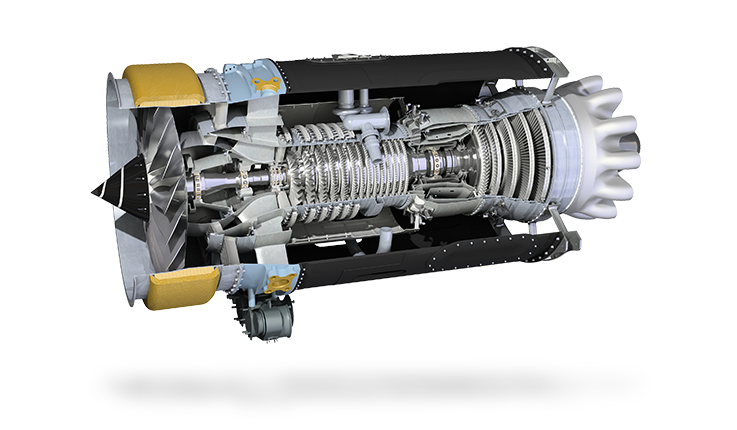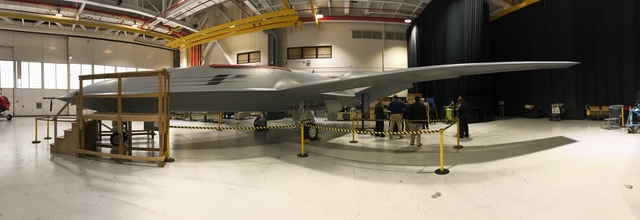’ MQ-25 unmanned aerial vehicle prototype is powered by a single, 9,000 lb-thrust Rolls-Royce AE3007N turbofan, Boeing disclosed on 5 April.
The aerospace manufacturer said the engine has powered its prototype on tarmac manoeuvres meant to simulate the sort of taxiing the drone would be expected to perform on an aircraft carrier deck, such as lining up to be rigged for a catapult launch. The aircraft hasn’t flown yet; a feat Boeing said it will not attempt until after the US Navy awards the programme contract in September.
Boeing touted the AE3007N as a proven power-plant for its MQ-25 tanker drone, pointing out the engine’s use on the Northrop Grumman MQ-4C Triton and RQ-4 Global Hawk.
The engine disclosure comes as Boeing attempts to make its case that its reliance on the proven turbofan and the investment the company has made in developing a functional prototype makes its unmanned aerial vehicle a less risky bet for the US Navy compared to rivals Lockheed Martin and General Atomics Aeronautical Systems, each which have opted to not build physical aircraft before the programme is awarded.
“I think what makes it unique is it is built. We’ve already demonstrated a lot of the functionality,” said Don Gaddis, Boeing Phantom Works MQ-25 programme director. “The deck handling, the software, the mission computer, the vehicle management system, the Rolls-Royce engine, we’ve already demonstrated a lot of this stuff. We’ve done almost everything short of flying.”
Boeing started building its MQ-25 in 2012 and finished its first iteration in 2014 under US Navy’s Unmanned Carrier-Launched Airborne Surveillance and Strike programme, Gaddis added.
The aircraft retains long thin wings meant originally for the long-endurance requirements of the UCLASS programme. The company found it unnecessary to change the design after studying the issue, Gaddis said. The wingspan of the Boeing MQ-25 remains undisclosed, though Gaddis said when the wings are folded the plane shrinks to the size of a Super Hornet.
Source: FlightGlobal


